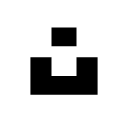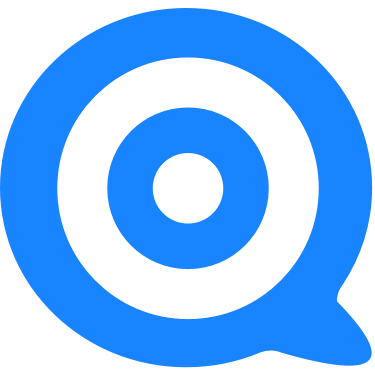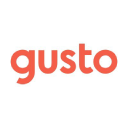My Golf App Side Project Makes $36K/Year
Hello! Who are you and what business did you start?
My name is Matt Robinson and I’m the founder of Live Tourney - a SaaS (Software as a Service) for a very specific niche: golf courses. Live Tourney makes it easy to create, manage, and run golf tournaments and provide live scoring for participating players. We launched in early 2023 and are doing around $3k in MRR but growing quickly - we did just over $18k in revenue in January 2024 alone!

What's your backstory and how did you come up with the idea?
I’m a 29-year-old software engineer based in Seattle. I have worked for large tech companies my entire career but my passion has always been sports. Since I was a kid, sports were everything to me. I never played golf growing up (my sports were football, basketball, and tennis), but as I got older, that passion (some might say obsession) has translated pretty much exclusively to...

Download the report and join our email newsletter packed with business ideas and money-making opportunities, backed by real-life case studies.

Download the report and join our email newsletter packed with business ideas and money-making opportunities, backed by real-life case studies.

Download the report and join our email newsletter packed with business ideas and money-making opportunities, backed by real-life case studies.

Download the report and join our email newsletter packed with business ideas and money-making opportunities, backed by real-life case studies.

Download the report and join our email newsletter packed with business ideas and money-making opportunities, backed by real-life case studies.

Download the report and join our email newsletter packed with business ideas and money-making opportunities, backed by real-life case studies.

Download the report and join our email newsletter packed with business ideas and money-making opportunities, backed by real-life case studies.

Download the report and join our email newsletter packed with business ideas and money-making opportunities, backed by real-life case studies.


































